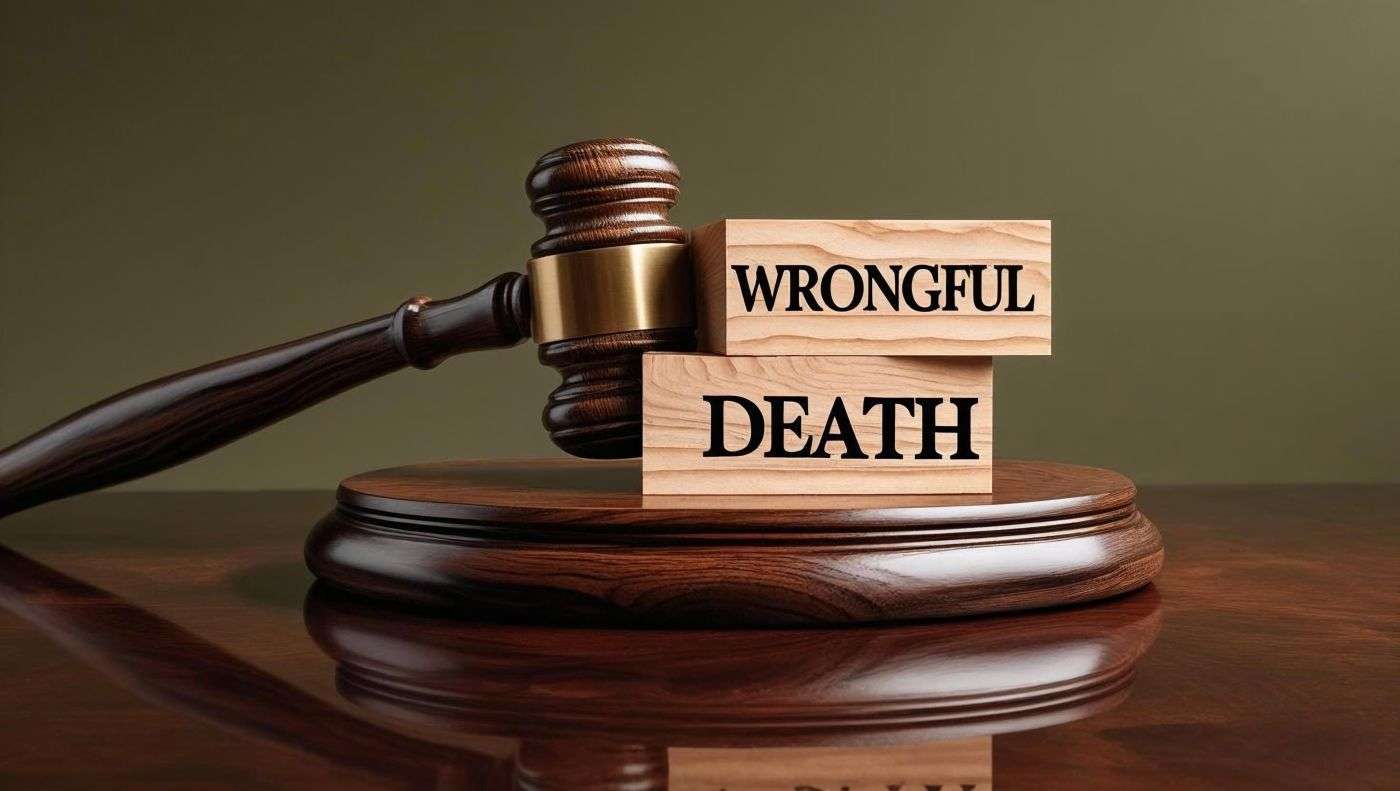Understanding Wrongful Death Claims: A Guide for Grieving Families

Losing a loved one because of another person’s negligence or misconduct is one of the most painful experiences a family can endure. Beyond the emotional devastation, families are often left facing financial strain from medical expenses, funeral costs, and lost income. In these situations, a wrongful death claim provides a legal path toward justice and compensation. Understanding how these claims work can help families make informed decisions during a difficult time.
What Constitutes a Wrongful Death Claim
A wrongful death claim arises when an individual’s death is caused by the negligent, reckless, or intentional actions of another party. The purpose of such a claim is not only to seek financial recovery but also to hold the responsible party accountable for their actions.
Common situations that may lead to a wrongful death claim include:
- Motor vehicle accidents caused by negligent or impaired drivers.
- Medical malpractice resulting in fatal injury.
- Defective products or unsafe consumer goods.
- Workplace accidents involving inadequate safety measures.
- Criminal acts that result in death.
While compensation can never replace the person lost, it can ease the financial burden and bring a sense of closure for surviving family members.
Who Can File a Wrongful Death Claim
Wrongful death laws vary by state, but claims are generally filed by immediate family members or representatives of the deceased’s estate. In many cases, this includes:
- The spouse or domestic partner.
- Children or legal dependents.
- Parents of the deceased.
- The personal representative named in the will or appointed by the court.
If the deceased left no surviving family members, the right to file may pass to other relatives as permitted by state law. It is important to confirm eligibility before proceeding, as filing requirements and time limits can differ depending on jurisdiction.
Elements Required to Prove a Claim
To succeed in a wrongful death case, certain legal elements must be established through credible evidence:
- Duty of Care – The defendant owed a legal duty to the deceased. For example, drivers have a duty to operate their vehicles safely.
- Breach of Duty – The defendant failed to uphold that duty, such as by speeding or driving under the influence.
- Causation – The defendant’s actions directly caused the death.
- Damages – The death resulted in measurable losses, such as medical expenses, lost income, or emotional suffering.
Each element must be supported by documentation, witness testimony, or expert analysis. Without clear evidence, establishing liability can become difficult, which is why thorough investigation is crucial.
Types of Compensation Available
The damages awarded in a wrongful death claim aim to compensate the family for both financial and non-financial losses. These may include:
- Economic Damages: Medical bills related to the final injury, funeral and burial expenses, lost income, and loss of financial support.
- Non-Economic Damages: Emotional pain, loss of companionship, and the loss of guidance or care that the deceased provided.
- Punitive Damages: In certain cases involving reckless or intentional misconduct, the court may award additional damages to punish the wrongdoer and deter similar actions in the future.
The value of a claim varies based on the circumstances, the age and earning potential of the deceased, and the extent of emotional and financial impact on surviving family members.
The Legal Process
Wrongful death claims typically begin with an investigation into the cause of death. Attorneys collect evidence, interview witnesses, and consult experts to establish liability. Once sufficient evidence is gathered, a formal claim or lawsuit is filed against the responsible party or their insurance company.
Most wrongful death cases are resolved through settlement negotiations, which can provide timely compensation and avoid the stress of trial. However, if a fair agreement cannot be reached, the case may proceed to court, where a judge or jury determines the outcome.
Throughout the process, having legal representation ensures that deadlines are met, paperwork is correctly filed, and the family’s interests are protected.
Statute of Limitations
Each state imposes a deadline, known as the statute of limitations, for filing a wrongful death claim. This period generally ranges from one to three years from the date of death. Missing this deadline can permanently bar the right to seek compensation, regardless of the strength of the case.
Families are encouraged to seek legal guidance as soon as possible to ensure their claim is filed within the allowable time frame. Acting promptly also helps preserve critical evidence and witness testimony.
Emotional and Practical Considerations
Pursuing a wrongful death claim can be emotionally demanding. Families must relive painful details while balancing grief, financial hardship, and the complexities of the legal process. Working with compassionate legal professionals can ease this burden by handling the procedural aspects while families focus on healing.
It is also essential for families to understand that pursuing a claim is not about assigning value to a life lost but about obtaining justice and financial security for those left behind.
Finding Support and Guidance
Coping with the loss of a loved one while managing a legal claim is never easy. Accessing support networks, such as counseling, community resources, and trusted attorneys, can help families navigate this period with greater confidence and clarity.
If you are seeking more information about how to pursue a wrongful death claim and what steps to take next, click here for helpful legal guidance and compassionate support.



